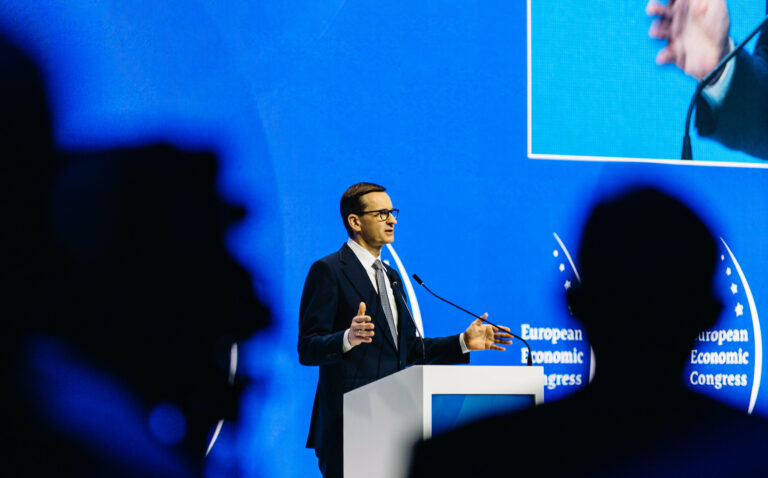
Electricity markets in the EU and Ukraine: key steps towards greater integration and lessons for the region
Author: Oleksandra Verheles, Ukrainian YEA
Electricity is one of the important goods that is traded in the EU market. One of the key principles of the EU is to guarantee the free movement of goods and services, and this means the removal of technical, legal and bureaucratic barriers inside the Union. These processes boost the possibility of European citizens and companies receiving goods and services for better quality and price.
As of now, Ukraine is a candidate state to the European Union, and now has to implement the aquis communautaire (the body of all EU law) into its domestic law. In general, the acquis includes not only legislation, but the legal culture that influences all the spheres of the state: judiciary, democracy, freedom of speech, etc.
Ukraine has done a lot in this field, but there is more to come.
In 2017, a new Ukrainian bill on electricity market design was adopted. Within two years it was enacted, meaning that the new competitive market has now been functioning for almost five years in a row.
Concerning the crucial physical connection of electricity grids, Ukraine (together with Moldova) has already taken steps towards joining the Union, through the Ukrainian transmission system operator ‘Ukrenergo’ (which coordinates the work of national electricity transmission grids of high voltage). On 16 March 2023, Ukraine and Moldova synchronised their national power system with the European one and finished the process that began back in 2017.
Together, all the European national power systems come together to create the Continental Europe Synchronous Area (CESA), the largest synchronous electrical grid (by connected power) in the world.
Synchronisation with ENTSO-E, the European Network of Transmission System Operators, carries many advantages for Ukraine. The main ones are that the Russian Federation and Belarus can no longer influence Ukraine’s power system operation. Also, Ukraine has the opportunity to export electricity abroad and earn money. Vice versa, Ukraine can also import electricity from Hungary, Slovakia, Poland, Romania.
What steps does Ukraine have to take to achieve further integration in the field?
EU wholesale electricity market
For a better understanding, the structure of the EU wholesale electricity markets should be explained briefly.
Long-term markets
This is also called the forward market. It starts from more or less four years up to two days before delivery of electricity to consumers.
The electricity is bought and sold through financial or power exchanges, or market parties can conclude bilateral agreements beside exchanges.
Spot markets (day-ahead and intraday markets)
First of all, there is no obligation for market parties to buy and sell their energy on the spot market. It is up to the market participants, if they have excess or lack of electricity.
The day-ahead market is like an auction that is conducted by power exchanges for the 24 hours of the next day. It is done through the algorithm of single day-ahead coupling. After the day-ahead market ends, the intraday market opens, also called single intraday coupling. It trades the electricity at the day of consumption.
Balancing markets (balancing capacity and balancing energy markets)
After trading in the intraday market closes, the balancing mechanism is applied to ensure that supply of electricity equals demand in real-time. Also, balancing is about supporting the functionality of the electricity system.
The present and the future – sustainable development
One of the global and EU aims is to reduce carbon emissions. The production of electricity is currently an important source of air pollution. Thus, back in 2019 the EU adopted as part of the ‘Clean energy for all Europeans package’, regulations and a directive aimed at further adapting EU market rules to the new market realities.
Overall, it is expected that the share of electricity produced by renewable energy sources (predominantly solar and wind) in the EU will increase by more than 60% by 2030.
Ukraine’s integration into European energy markets
What are the tasks of Ukraine?
Green energy
Ukraine is working on the implementation of the 4th EU energy package to transform the Ukrainian energy system into a more sustainable, ecologically clean and affordable one for all consumers. The main aim is to develop distributed generation and achieve the gradual decentralisation of the energy system of Ukraine.
Thus, Ukraine is following the requirements to implement the EU acquis to fulfil the obligations before entering the Union.
Market coupling
Currently, the Ukrainian state company ‘Market operator’ (that conducts spot markets in Ukraine), together with the national transmission operator ‘Ukrenergo’, are preparing to unite day ahead and intraday markets with the respective European markets. The relevant legislation has been prepared and is expected to be adopted by the Parliament. After this, the relevant agreements with the European market operators and transmission system operators will be signed that will boost the process.
Balancing market
The transmission system operator ‘Ukrenergo’ is committed to join the European balancing market in the near future, which will boost energy efficiency, security, and market competition.
What can other Eastern partner countries do to unite their electricity markets with the EU?
Moldova
The new market rules entered into force 1 June 2022, establishing the new electricity market design. It allows market development, opens cross-border trade and diversifies supply.
As of now, Moldova has the possibility of further integration into the EU electricity market together with Ukraine; however, the implementation of the EU energy acquis is needed.
Belarus
Due to the current political agenda, there are no ways for Belarus electricity market integration to the EU one, despite the fact that there is a physical connection of the electricity grids between Belarus and other EU states. In case the situation changes in the future, new legislation on the creation of an electricity wholesale market should be implemented.
Armenia, Azerbaijan, Georgia
In Armenia, there is no wholesale electricity market. The same is true for Azerbaijan, where the new law on the electricity market was adopted back in May 2023. The new market will start operating in 2025.
In Georgia, the launch of the day-ahead, intraday, balancing electricity markets will take place on 1 July 2024, but there is no competitive electricity market in the country as yet.
Taking into account that these three countries do not have a physical connection of their electricity grids with the EU, one possible way to create a competitive market is to implement the relevant legislation, and, possibly, to create local coupled day-ahead, intraday and balancing markets.
It is first necessary to amend and adopt laws on electricity markets. Also, there is strong necessity for Armenia and Azerbaijan to join the Energy Community, which helps non-EU states implement the EU energy acquis.
Finally, the EU provides the possibilities to boost the energy sector of Eastern partner countries through implementation of the EU energy acquis and modernising electricity markets. For Armenia, Azerbaijan and Belarus, this is a long way ahead, but for Ukraine and Moldova it is a relatively close perspective, and a lot of efforts have already been put into achieving this.
LATEST

Four Ukrainian women: stories of courage and greatness

The Lost Generation

How you can help the planet every day

Building Europe: Poland’s experience of joining the European Union and lessons for Ukraine

World Health Day 2024: My Health, My Right
More campaign pages:
Interested in the latest news and opportunities?
This website is managed by the EU-funded Regional Communication Programme for the Eastern Neighbourhood ('EU NEIGHBOURS east’), which complements and supports the communication of the Delegations of the European Union in the Eastern partner countries, and works under the guidance of the European Commission’s Directorate-General for Neighbourhood Policy and Enlargement Negotiations, and the European External Action Service. EU NEIGHBOURS east is implemented by a GOPA PACE-led consortium. It is part of the larger Neighbourhood Communication Programme (2020-2024) for the EU's Eastern and Southern Neighbourhood, which also includes 'EU NEIGHBOURS south’ project that runs the EU Neighbours portal.

The information on this site is subject to a Disclaimer and Protection of personal data. © European Union,